Cats have fascinated humans for centuries, from the small domestic felines that share our homes to the magnificent big cats that roam the wild. While they share some traits due to common ancestry, domestic cats and big cats display varying social structures. This article explores these differences, shedding light on how these adaptations suit their environments and lifestyles.
Ancestry and Evolution: A Brief Overview
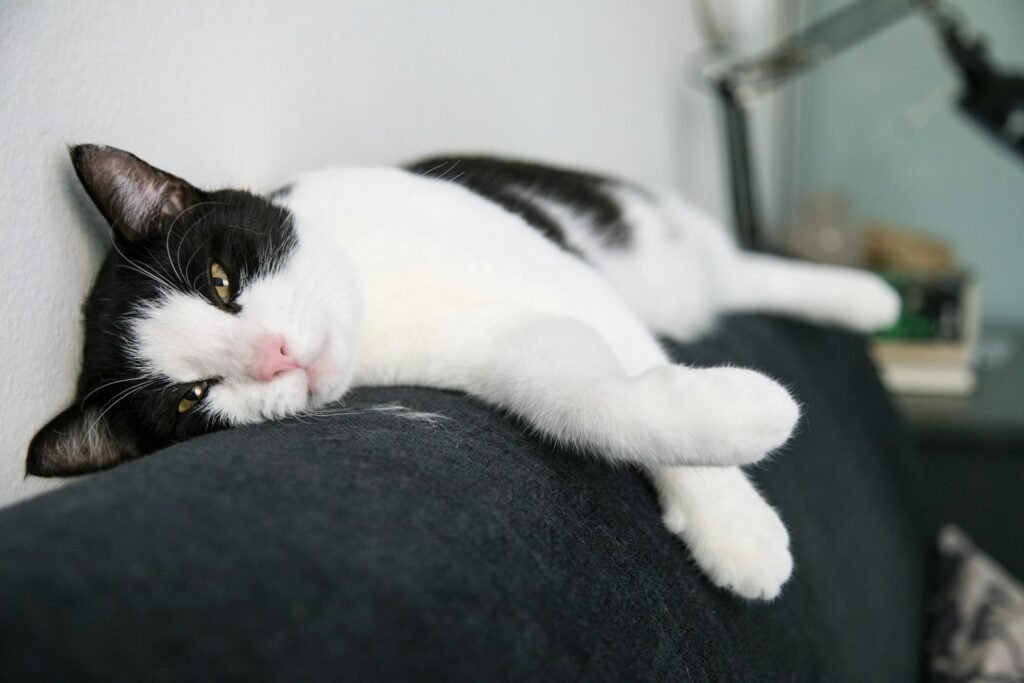
The evolutionary paths of domestic and big cats diverged millions of years ago. Domestic cats, Felis catus, belong to the Felidae family just like their larger counterparts. However, their social behaviors have adapted distinctly in response to environment, necessity, and human influence.
Fundamentals of Social Structures in Cats
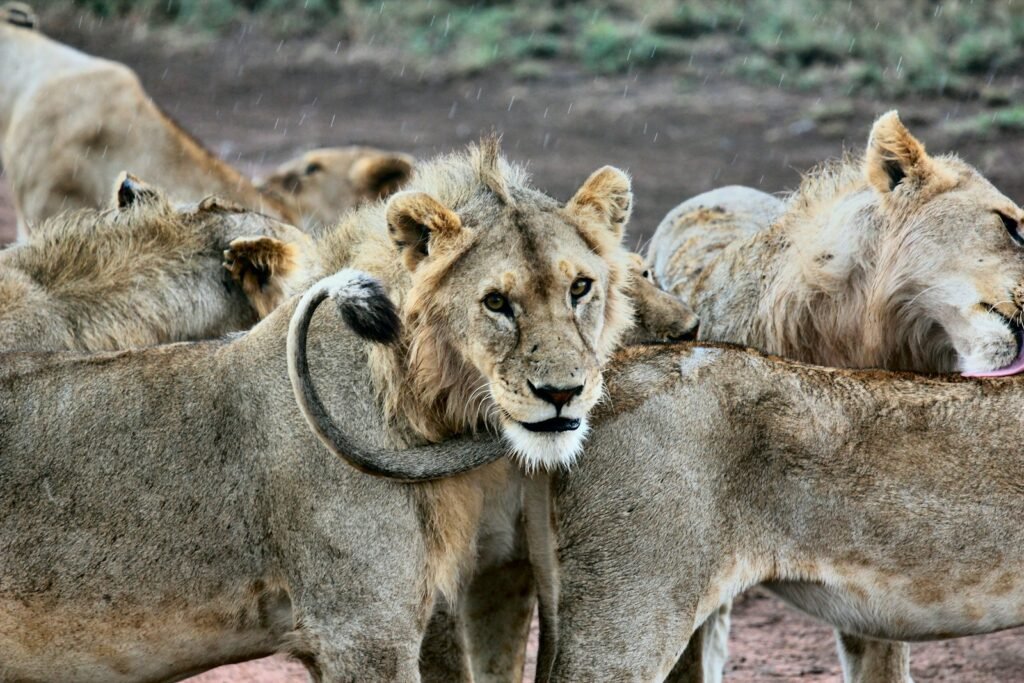
In the animal kingdom, social structures refer to the ways species interact within their communities. For cats, social structures can range from solitary living to forming complex groups. These behaviors have evolved due to factors like predation, territory defense, and resource availability.
Solitary yet Social: The Myth of the Lone Domestic Cat
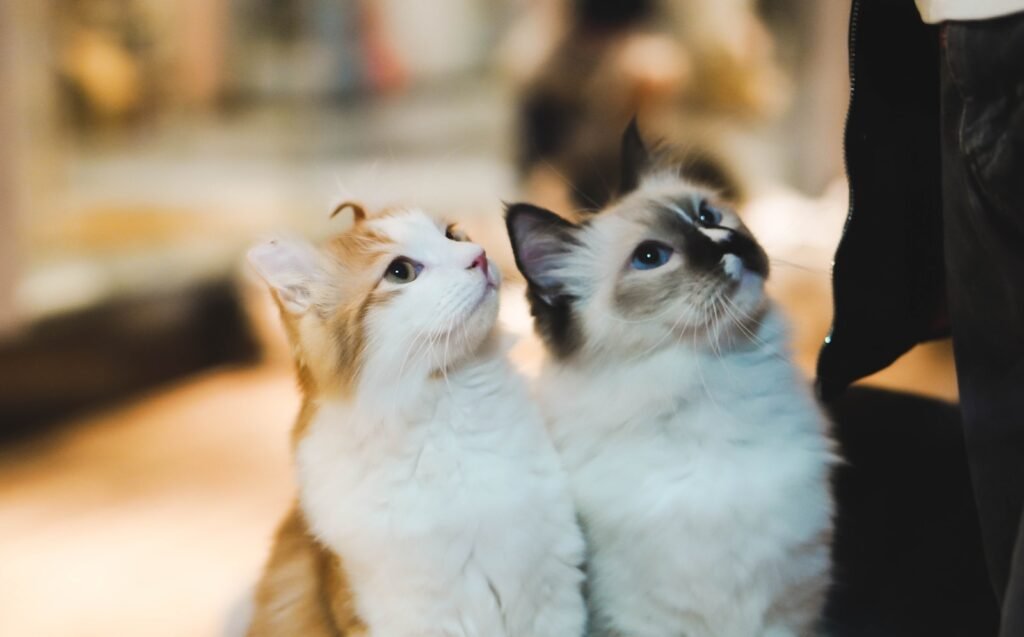
It is a common belief that domestic cats are solitary creatures. While they are independent, domestic cats exhibit social behaviors, largely influenced by their environment and upbringing. They form loose social groups, mainly in feral colonies or multi-cat households, and communicate through vocalizations, scent marking, and body language.
The Unique Sociability of Lions
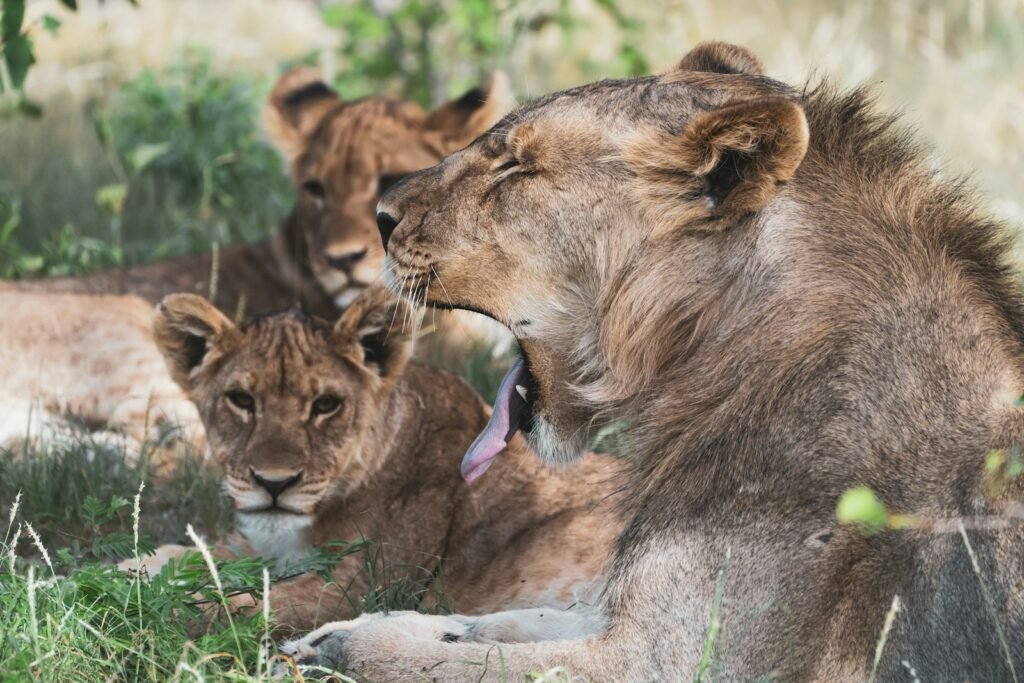
Among big cats, lions are unique in their social structures, forming complex groups known as prides. A pride consists of related females, their offspring, and a small number of adult males. This social structure aids in cooperative hunting and protection against intruders, ensuring the survival and success of the pride.
Tigers: Solitary Majesties
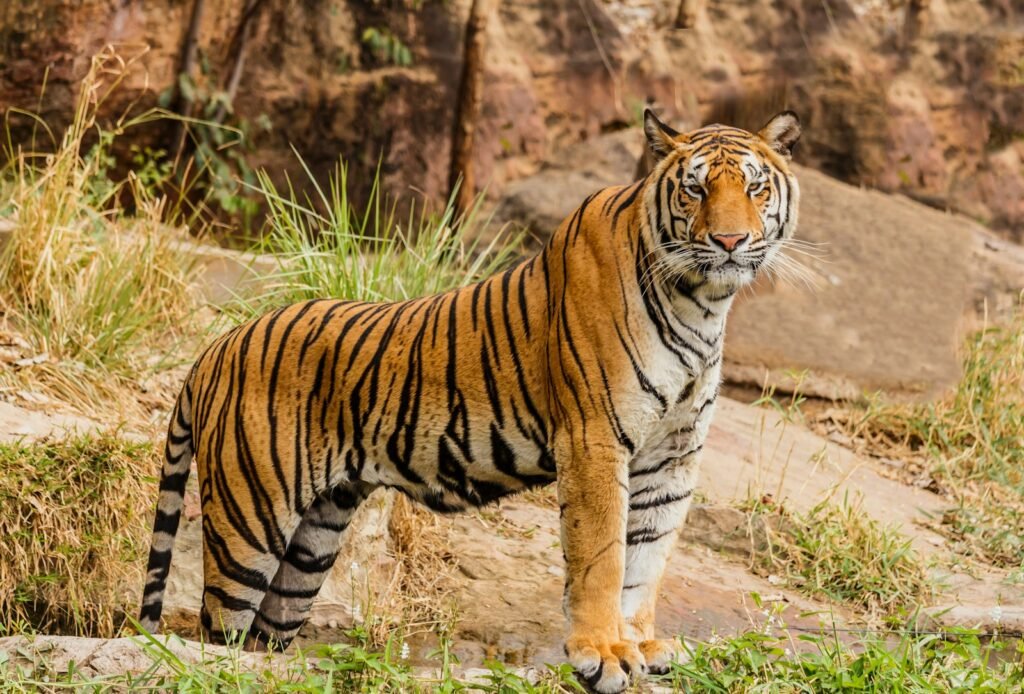
Tigers, on the other hand, are predominantly solitary. Each tiger maintains a large territory where it hunts and roams. While generally avoiding others, a tiger’s territory may overlap marginally, and they communicate indirectly through scent markings and vocalizations to assert their presence and avoid conflict.
Leopards and Their Stealthy Independence
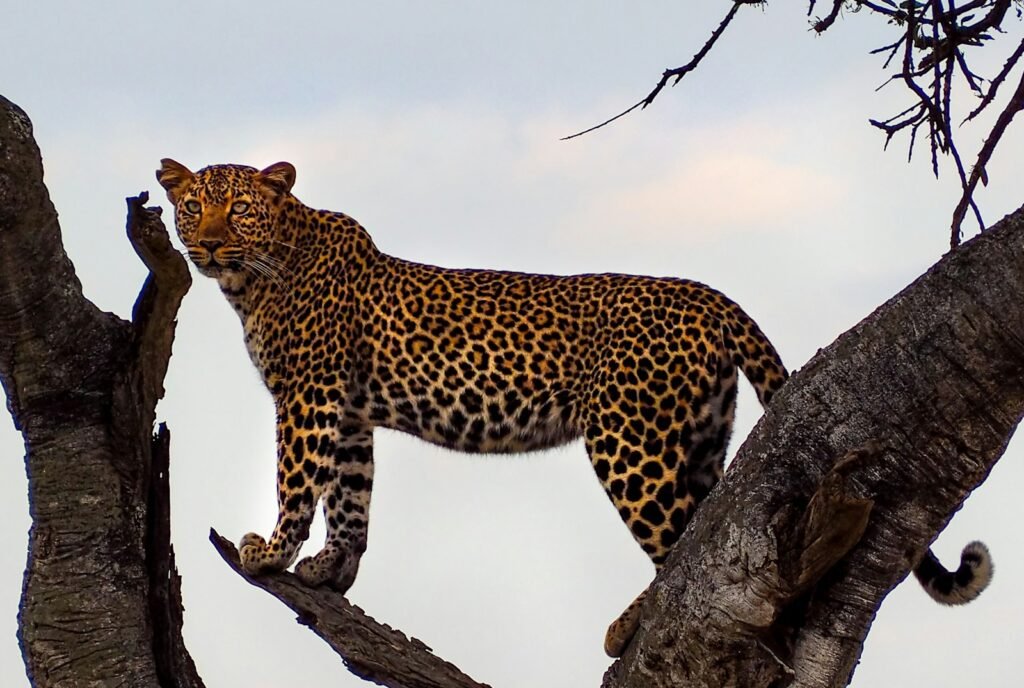
Similar to tigers, leopards are solitary animals. They are elusive, relying on their stealth and adaptability. Leopards maintain territories that they mark and patrol regularly to avoid encounters, living in environments where a solitary lifestyle maximizes their survival as opportunistic hunters.
Cooperative Behaviors in Cheetah Coalitions
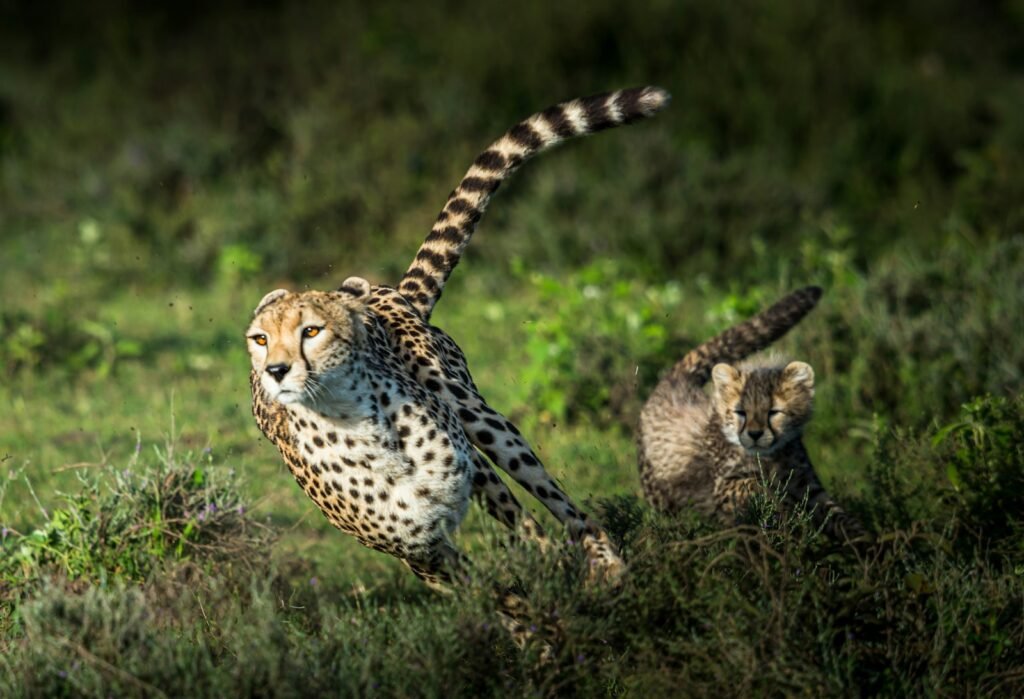
Although generally solitary, male cheetahs sometimes form small groups known as coalitions. These coalitions, often composed of siblings, enhance their ability to defend territories and increase hunting success. Female cheetahs, however, remain solitary except when raising cubs.
Feral Cat Colonies: A Fusion of Feral and Domestic
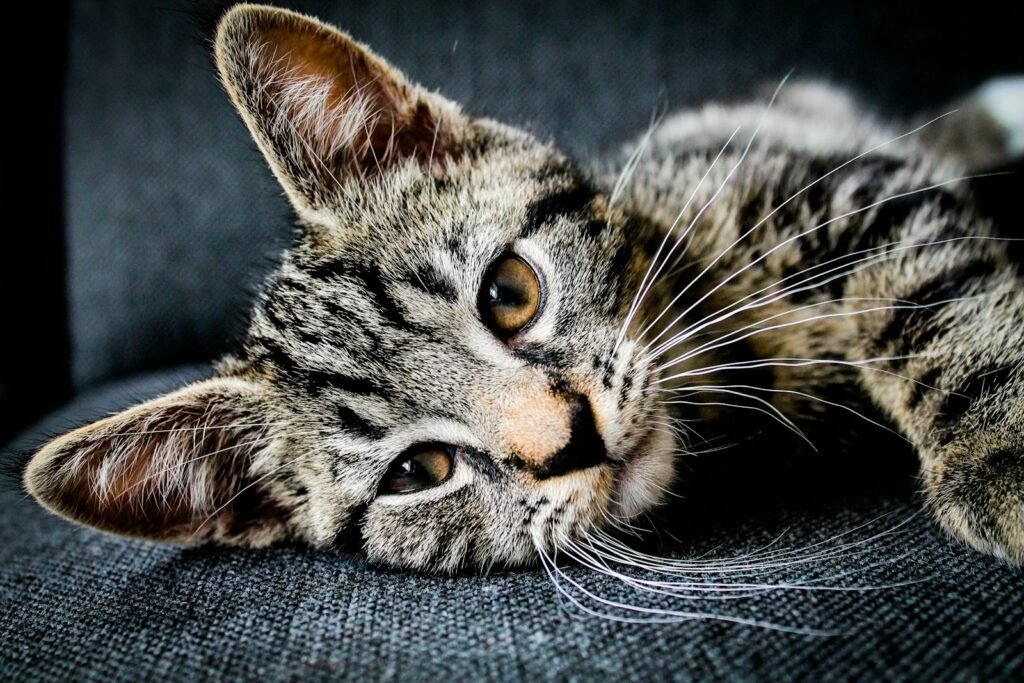
Feral cats demonstrate a fascinating blend of domestic and wild behaviors. In urban or rural settings, feral cats can form colonies. These loosely organized groups revolve around resource availability, often supporting each other in foraging, protecting territory, and raising kittens.
Conclusion: The Spectrum of Feline Sociability

The varied social structures of domestic cats and big cats highlight the adaptability and diversity within the Felidae family. While some are drawn to social living, others thrive in solitary settings. Understanding these differences not only enriches our appreciation of these animals but also informs conservation efforts and domestic care practices.
Hi, I’m Bola, a passionate writer and creative strategist with a knack for crafting compelling content that educates, inspires, and connects. Over the years, I’ve honed my skills across various writing fields, including content creation, copywriting, online course development, and video scriptwriting.
When I’m not at my desk, you’ll find me exploring new ideas, reading books, or brainstorming creative ways to solve challenges. I believe that words have the power to transform, and I’m here to help you leverage that power for success.
Thanks for stopping by, Keep coming to this website to checkout new articles form me. You’d always love it!






